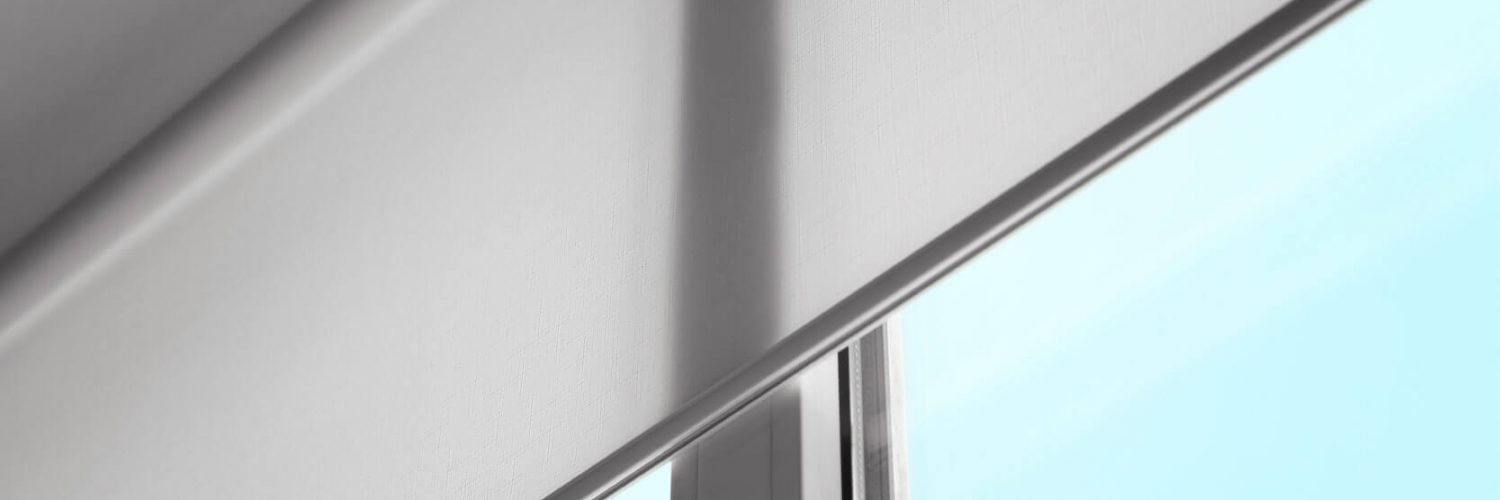By O’D McKewan
Part two of this year’s “Motorization Playbook” series examines the three main choices for power supplies

In this article, we will be taking a look at the differences between the three main choices of power options for motorized window coverings. Although there are a few different terms used to describe power options, in our industry, the main choices are line-voltage wiring, low-voltage plug-in power supplies and battery powered. Each category has multiple options to choose from.
We will first look at one of the original options: line-voltage wiring. Line voltage is the voltage that is found in the wall outlets and junction boxes (J-Boxes) in a home or building. In North America, it is generally 120 volts of alternating current (120 v-ac). So when you are using line-voltage wiring, you are using all 120 volts to power the motor. This is most commonly used for larger shades that utilize tubular motors, track motors and exterior applications.
There are three general choices for line-voltage wiring. The first and most common is a three-prong plug that connects directly into a wall outlet. This is the easiest option to use because it does not require an electrician to hook up and can easily be installed and serviced by an installer. While unless your home has been built recently, the electrical system is likely in need of some upgrading or repair. In such cases, rather than installing or deciding what line voltage wiring can be used or replaced on your own, it would be far better to contact a professional electrician merely ” by doing a cursory search with something like ‘electrician Florida’ or ‘electrician bentleigh‘ or any other location for that matter.
The second line-voltage wiring option is a hardwired power supply. This is where the wire from the motor is directly wired into a J-Box by a certified electrician, such as those found at this site – aardvark-electric.com/areas-we-serve/alpharetta/ for example. This is generally done when there is no room for a plug to stick out of a wall or ceiling, or they want a cleaner look.
Lastly, there is a combination of the two previous options, called a quick disconnect plug. This is when an electrician wires a pigtail (short wire) into a J-Box and the other end has an inline safety plug that attaches to a safety plug that comes on the motor wire. This is usually done in commercial applications when the J-Boxes are located above the ceilings or on other sides of a wall. It can be used in residential and exterior applications as well. Choosing the correct line-voltage wiring depends on the availability of an outlet or a junction box nearby and your local electrical laws. Perhaps a quick search for “electricians near me” could help make the whole process easier as then you can get in touch with reputed professionals in the trade, like S.E. Electrical Services.
Interested in learning more about motorization? Sign up for the Window Fashion Certified Professional FastTrack course on motorization.
With the great advances with electrical components and the ability to make things smaller and smaller, the use of low-voltage motors is far more prevalent in our industry these days. A low-voltage motor needs a low-voltage power supply. There are two types of power supplies: plug-in power supplies and battery packs. A plug-in power supply takes the line voltage (120 v-ac) and converts it to a safer lower voltage, generally 9 to 32 volts (the voltage amount it drops down to depends on the motor being used). There are different power supplies for the different motors. You need to use the power supply specified for your motor by the manufacturer.
There are generally three types of plug-in power supplies: single motor, multi-motor and distribution panels. We will break these down in a future article. Like the three-prong plug of the line-voltage motors, the single-motor power supply is the easiest to use and can be done by the installer without the need for an electrician. Certain multi-motor power supplies and most distribution panels are hardwired options and need to be installed by a trusted electrician.
Lastly, the most popular power option for motorization is battery powered. There are two categories for battery power: replaceable and rechargeable. Each has multiple options available.
With replaceable battery-powered motors, the batteries have to be changed on a semi-regular basis (generally one to three years). The motors are independent of the batteries and the client has the ability to purchase and change the batteries themselves. The batteries are fairly inexpensive to change. Battery life is dependent on the type of the battery, the type of the motor and the size of the shade.
For the rechargeable option, it is either an internal battery cell that is built into the motor or an external battery pack that holds rechargeable batteries. These types of systems have to be recharged on a regular basis, typically once or twice a year. Another option is the solar panel kit, which uses a solar panel to recharge the batteries as needed instead of plugging in a charger to charge the batteries. Either way, the average life span of a rechargeable battery system is five to seven years and is much more expensive to replace when it dies.
So, what is the best power option for a motorized window covering? As you can see, there are several choices and every application has its pros and cons. There is no one best solution for every project. That is why we have so many choices.
Generally, plug-in power is more reliable and longer lasting than battery power. However, with the advancements in battery technology and the use of rechargeable power, that may be changing in the near future.
The next edition of Motorization Playbook will take a deeper dive into the rechargeable motor option. Watch for it in the May + June edition of Window Fashion VISION. Click here to subscribe today.
O’D McKewan, the product coach for Window Covering World, is a master of motorization and a leader in the motorized window covering field. He has almost two decades of hands-on experience with motorized window coverings, including fabrication, installation and selling.





